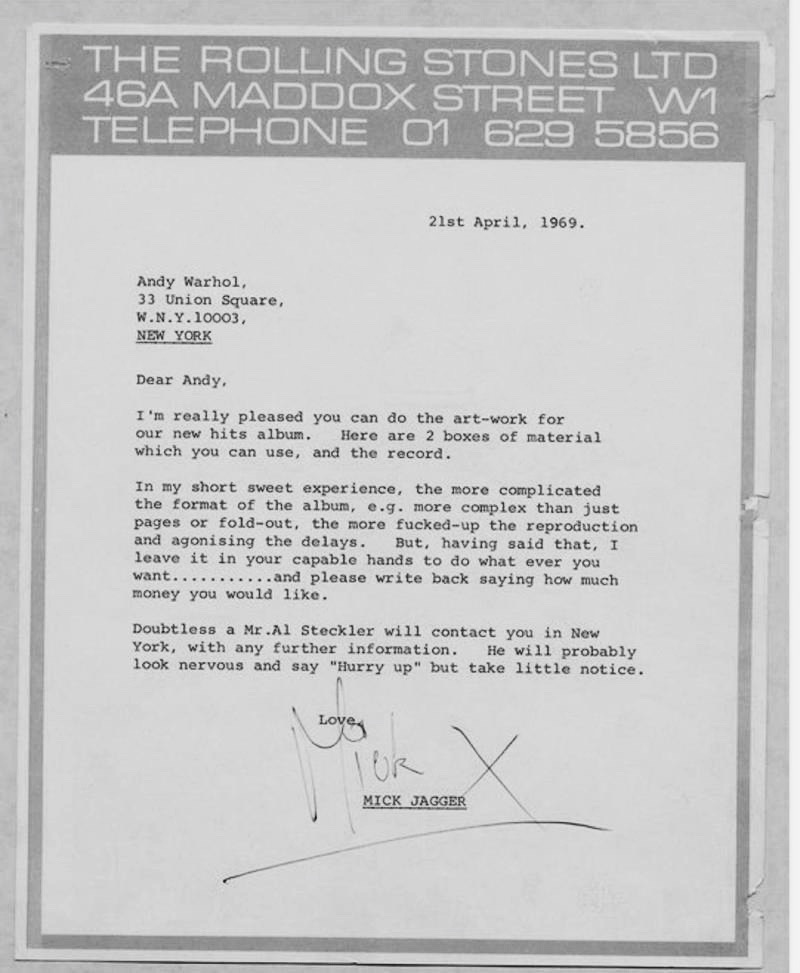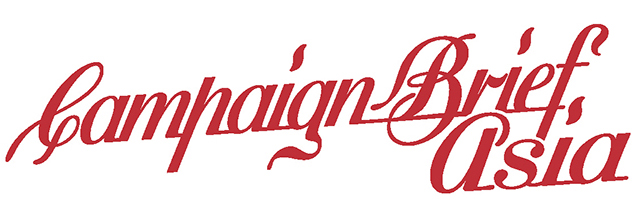Chris Kyme: Postcard from Hong Kong

Chris Kyme (pictured) continues his ‘Postcard from Hong Kong’ series and this time his topic is what makes a good client brief?
Just recently I was pondering a worrying trend in Hong Kong (ie where I work) these days that I wondered if was also a problem in other markets. And that is the directive brief.
The briefs that come from clients which also have built in pre-requisites, a creative approach that they have already considered to be the way to go. One of these I saw not so long ago included the requirement to ‘tell us which celebrity you would like to use for the campaign’.
Now where I grew up, the use of a celebrity was always an idea in itself (unless working in certain categories, shampoos…beauty products etc). Something you’d given careful consideration to. These days it seems a prerequisite to any campaign being done in Hong Kong.
Another actually specified that the campaign would consist of ‘a series of video interviews with people who reflect the target audience’ (and then specified what professions and age groups they should represent).
Now I’ve always been of a mind that a bit of brainstorming between agency and client can sometimes lead to some excellent ideas, but that’s very different to a client coming to you and saying ‘Here’s the idea, please just execute.’
In fact, when we have come across clients who do pretty much have an idea as to what they are looking for, I have actually said there is no point paying us to add cost onto your project by being involved, to be fair, and have recommended they go straight to whoever will produce it. That’s not being cynical, just honest. If we can’t add value then no point paying us. I once directly suggested this to a client who replied with “I am very disappointed by your attitude”. Why? I am saving you money!

Possibly the most extreme case of this I once experienced was a regional client on an international brand, who came to the briefing session armed with a jingle he had written and recorded himself, and tested among ‘consumers’ and said he wanted a TV commercial built around it.
Or another case where, having won a pitch, for which we had undergone some very thorough strategic thinking to put forward what we believed to be a very viable creative solution, the client showed us the kind of photo they wanted, which talent style to be in it, and which day it was going to be shot. To which we declined the project (major UK brand trying to conquer Hong Kong) which was then taken up by a major 4As agency, and one year later the brand pulled out of the market. We’re not interested in ‘taking the money and running’ even if others are.
Don’t get me wrong, I love working closely with clients. And if there’s anything I’ve learned since my days of being young and cocky (you learn a few lessons when you’re running your own agency) it’s that, the closer you work with your clients, the more the mutual the respect and trust, the better the results. But the kind of brief I want is – ‘Here is the problem. Now let’s discuss’.
Now although this sounds like I am saying the best client brief is an open brief, I don’t mean ‘Just come up with ideas, up to you. Open budget’. What I mean is – don’t tell us what the idea should be, let us see what we can come up with to solve your problem. Here is our challenge, here is what we want to achieve, now how should we go about it?
We use a pretty standard (although these days I’m not sure I can say that) internal briefing template, just to know ourselves that we’re getting it right, that I sometimes share with clients in order for them to confirm ‘yes you are getting it right and this helps clarify for us too’.
It contains mostly the usual important details:
– Background (to the project)
– Competitive frame
– Target audience
– What do they currently believe?
– What do we want them to believe?
– What’s the one thing we can say which will convince them?
– Support (why can we say this)
– Creative considerations
– Budget
– Media
– Timing
In a nutshell more or less.
The part I like most of all in a brief is that juicy middle section. What do they currently believe? What do we want them to believe? What’s the one thing we can say that will convince them? Because that right there forces you to have an argument. You can’t fudge it. You can’t just put ‘Blah blah will offer you a whole new lifestyle’. It begs for a convincing proposition, and in itself is the first step towards coming up with a creative idea. That’s the part that you can’t just fill in with client background information. It can be informed by research (and often is) or data. But it begs for an idea. Especially in a highly competitive market.
Now all of this is the agency job. Clients pay us to figure this stuff out, or that’s what I was trained to believe. But are today’s client generation being trained to believe that too? Or, do they think it’s their job to dictate the creative approach and pay an agency (and then pay again for a production company) to execute? I’m beginning to wonder. Maybe this is because many people in marketing positions have also worked on the agency side, and figure they know the creative process inside out.
But the smart ones, the ones I love to work with, are the ones who say ‘This is our challenge, this is what we want to achieve, now surprise me.’
It could be that this points to the need for some quality training in our industry. If that’s not actually something being done right now. I do remember the Hong Kong 4As conducting such workshops many years ago, but I think that was for young agency people.
Finally, an example of what is considered to be one of the best client briefs ever. When Mick Jagger wrote to Andy Warhol to brief him for an album cover design.
Simple. Open. Direct. Brief.
READ CHRIS KYME’S JANUARY POSTCARD
Chris Kyme is Co-founder and Creative Director at Kymechow, Hong Kong.
